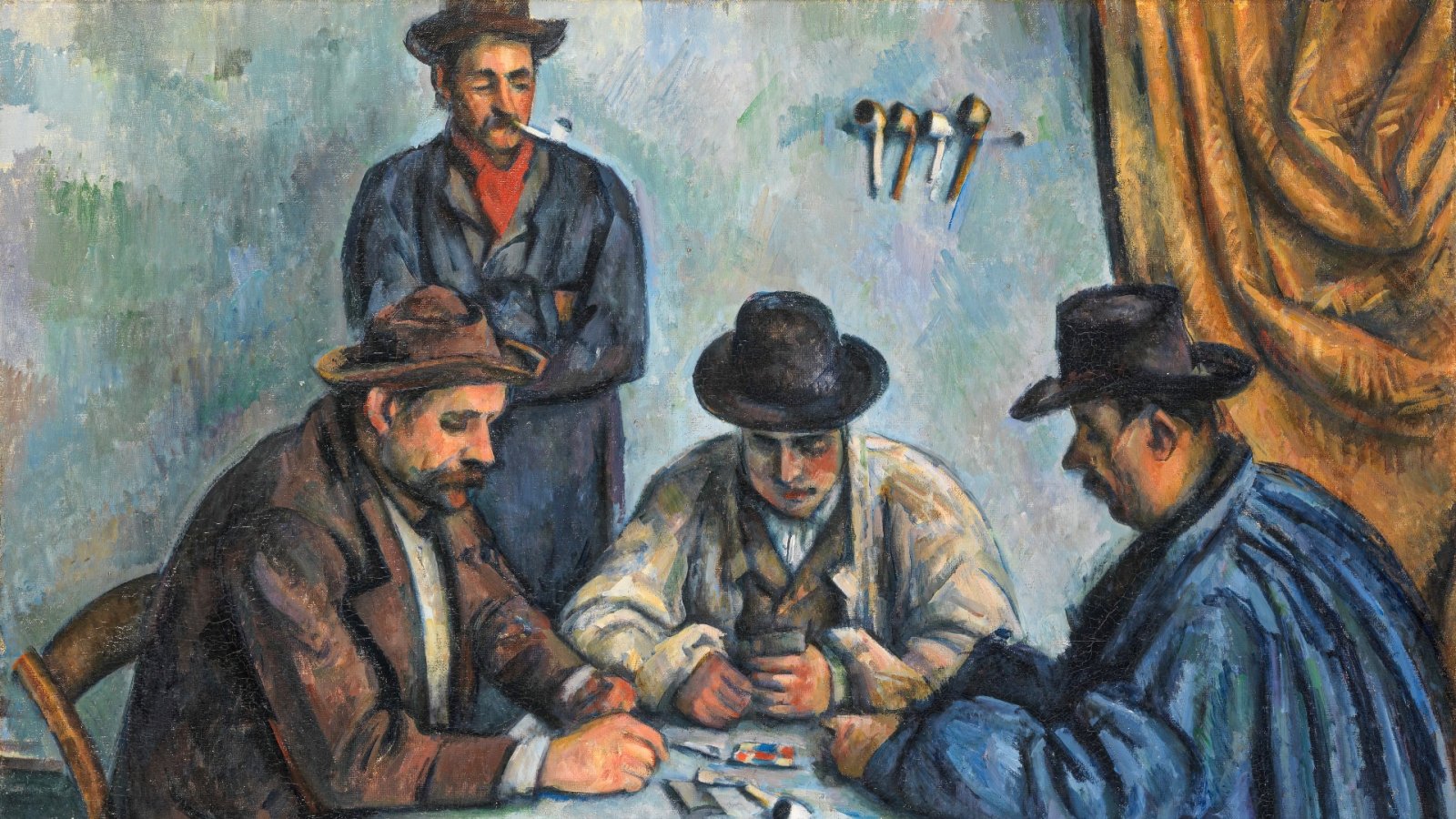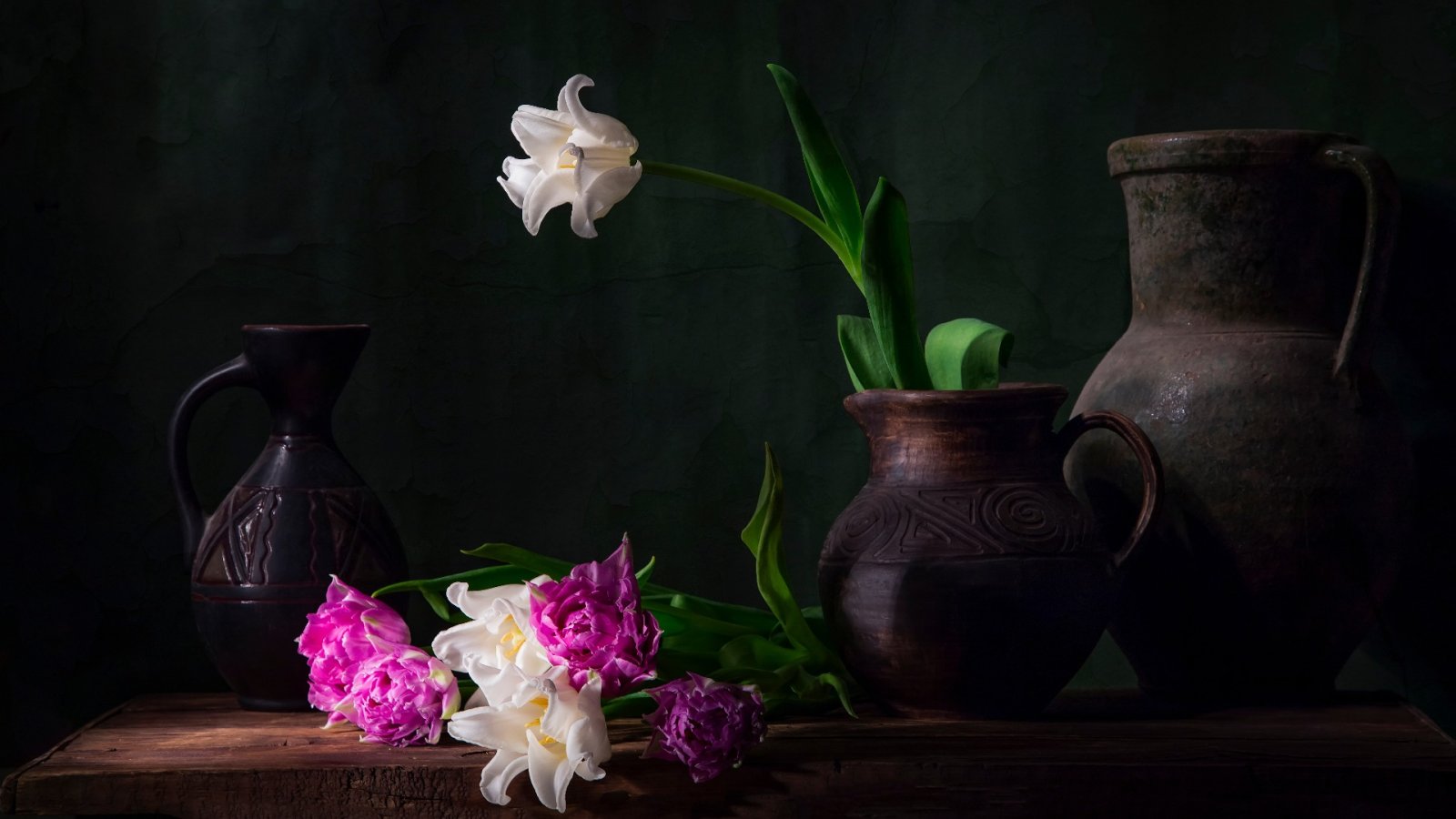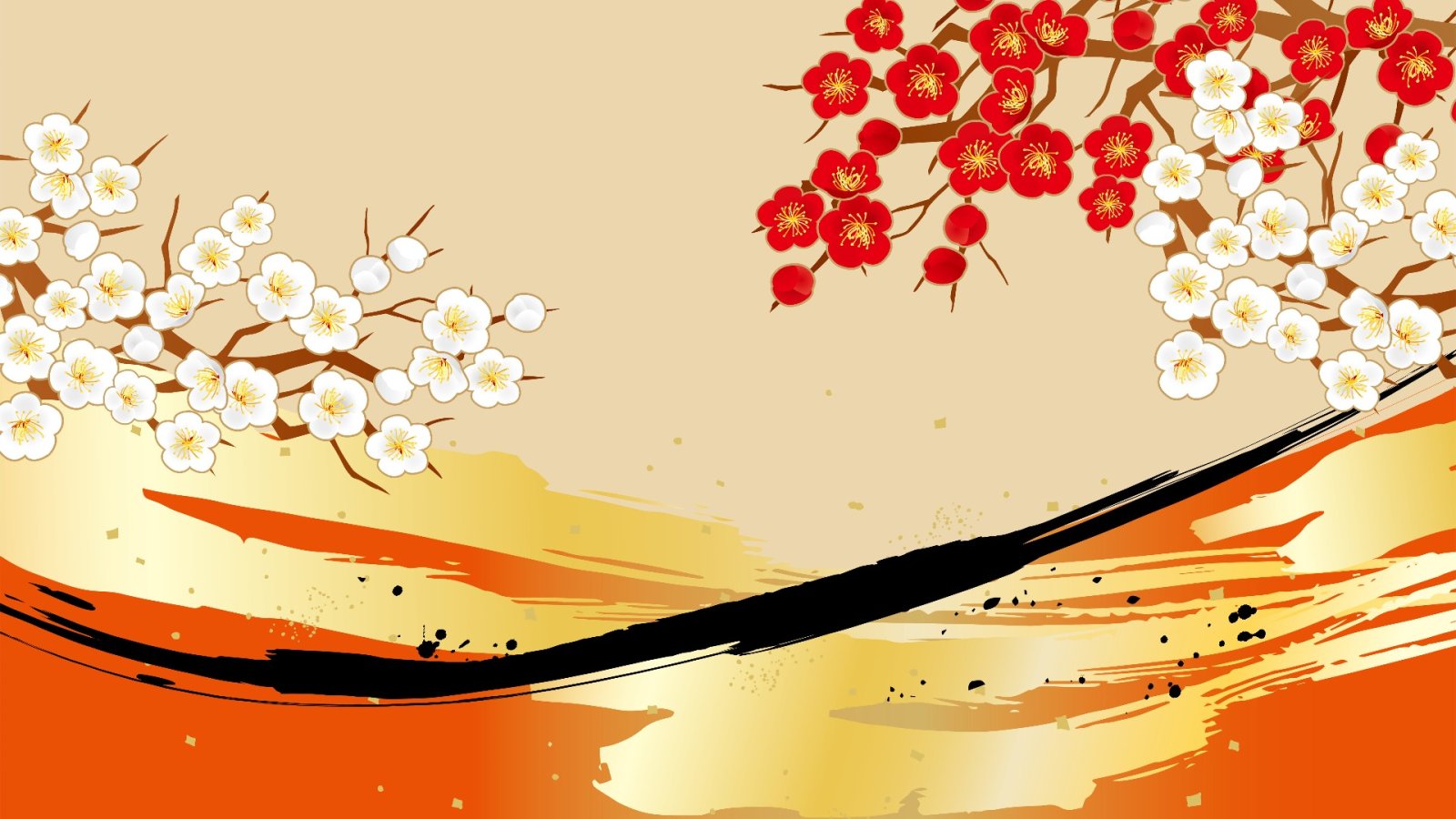Artistic circles across the earth value and treasure the forms of Japanese fine art, an art that started many centuries ago. And the reasons are obvious since the art itself is as technically spectacular as it is simply exquisite. It may also be somewhat due to the remarkable history of classic Japanese art. And today, we're focusing on traditional Japanese painting.
The movement of “Nihonga,” or the Japanese painting movement dates back to the late 19th and early 20th centuries. It is a special art form since the processes and fabrics used in the paintings come from approximately a thousand years of traditional practices and techniques. This rich experience derives from the fact that, at multiple points in time, Japanese painters were exclusively in dialogue with their own country’s past. At other times, the painters had the opportunity to interact with Western culture or with China. These dialogues resulted in stunning changes in the style of these traditional paintings.
Inside the domain of traditional Japanese art, works with small external impact and pictures with the clear influence of other cultures stay equally cherished. So, here's our guide to traditional Japanese art that will help you get a sense of why Japanese paintings have such an honorable position in art chronology.
Classic Japanese art includes multiple artistic campaigns, including but not restricted to the painting styles Yamato-e, Kanō, and Nihonga. These styles have common themes and one of them is nature, a very popular theme in traditional Japanese art. You have probably seen landscapes and people working the fields and other natural activities in paintings so far. The use of historically distinguished fabrics and perspectives is also popular. Old Japanese philosophy is very influenced by all the above mentioned traditional styles. You probably know the concept of “wabi-sabi,” well, this is a combination of beauty and natural aging, conducted of classic Japanese artwork. Not only this, but also “yūgen,” which is the ideal of subtlety and grace.
In reality, a lot of paintings from the traditional Japanese canon stay among the most well-seen paintings of all times. So, there's nothing left to do but to explore the beautiful styles of Yamato-e, Kanō, and Nihonga to get a taste of the beauty of classic Japanese art.
Yamato-e
The yamato-e movement started when Japan ended its commerce ties with China. During that period, Japanese artists therefore shifted to their own civilization for something untouched: stimulation. From that moment, the yamato-e style stayed famous through the Kamakura period (1185 to 1333). When Japan restarted the business and trade connections with China (Muromachi period - 1392-1573) this painting style met its decline.
However, the yamato-e style is characterized by a turn to Japanese influences, and some of the strongest themesmes include those associated with the country's four seasons. What's more, there are allusions to Japanese history and literature in these paintings and a lot of them portray gentle, rolling hills within Japanese sites. During the Kamakura period, yamato-e extended to contain scenes of Buddhist oversight. For example, the ‘Illustrated Life of Shinran’ shows instants in the life of the Japanese monk Shinran.
Kanō
Masanobu used the Chinese painting style popular in major Zen temples of his era. But his grandson, Kano Eitoku, developed upon the style in the 16th century, as did the Tokugawa shogunate in the 17th century. This shogunate was also comprehended as the Edo period since it ruled during Edo. But the Kanō movement faded toward the end of the 19th century.
The early Kanō style depicts Chinese subjects, landscapes and Zen patriarchs. But the style transformed over the years and got to include also various patterns that evoke popular Japanese symbols. Later, Kano Eitoku painted screens and sliding doors with a focus on large figures, animals, and nature. His purpose was to provoke energy and strength, and as you can notice from ‘The Folding Screen Painting Of Chinese Lions,’ he thrived.
Nihonga
Nihonga literally means “Japanese painting.” So, artists, art historians, and creatives curious about art began using the term “Nihonga” during the Meiji period (October 1868 - July 1912) and extended Japan to outside impact for the first time in centuries. At the moment, the term was employed to divide traditional Japanese paintings from Western-influenced paintings known as “yōga.” But today, some researchers claim that “ Nihonga” contains all traditional Japanese paintings. Other art experts differentiate it from other types based on the fabrics that the artists have used.






